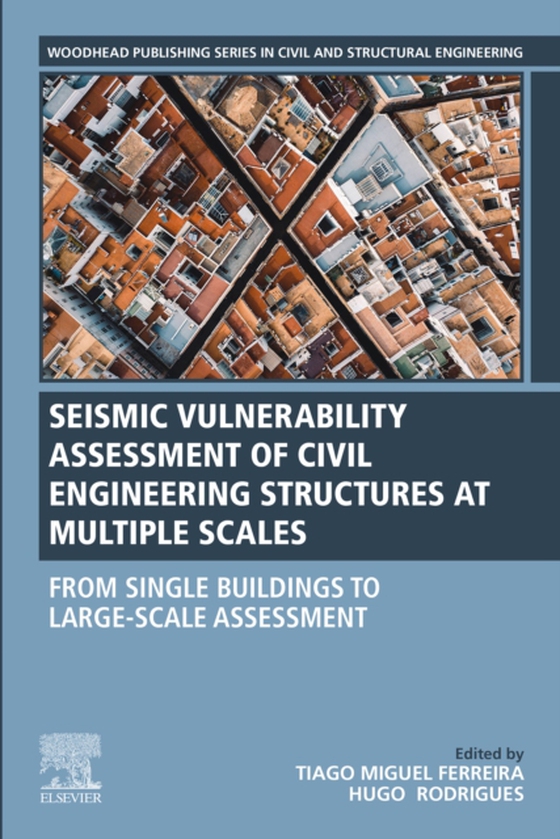
Seismic Vulnerability Assessment of Civil Engineering Structures at Multiple Scales e-bog
2190,77 DKK
(inkl. moms 2738,46 DKK)
Seismic Vulnerability Assessment of Civil Engineering Structures at Multiple Scales: From Single Buildings to Large-Scale Assessment provides an integrated, multiscale platform for fundamental and applied studies on the seismic vulnerability assessment of civil engineering structures, including buildings with different materials and building typologies. The book shows how various outputs obtain...
E-bog
2190,77 DKK
Forlag
Woodhead Publishing
Udgivet
2 december 2021
Længde
394 sider
Genrer
Construction and heavy industry
Sprog
English
Format
epub
Beskyttelse
LCP
ISBN
9780128240724
Seismic Vulnerability Assessment of Civil Engineering Structures at Multiple Scales: From Single Buildings to Large-Scale Assessment provides an integrated, multiscale platform for fundamental and applied studies on the seismic vulnerability assessment of civil engineering structures, including buildings with different materials and building typologies. The book shows how various outputs obtained from different scales and layers of assessment (from building scale to the urban area) can be used to outline and implement effective risk mitigation, response and recovery strategies. In addition, it highlights how significant advances in earthquake engineering research have been achieved with the rise of new technologies and techniques. The wide variety of construction and structural systems associated with the complex behavior of their materials significantly limits the application of current codes and building standards to the existing building stock, hence this book is a welcomed guide on new construction standards and practices. Provides the theoretical backgrounds on the most advanced seismic vulnerability assessment approaches at different scales and for most common building typologies Covers the most common building typologies and the materials they are made from, such as concrete, masonry, steel, timber and raw earth Presents practical guidelines on how the outputs coming from such approaches can be used to outline effective risk mitigation and emergency planning strategies
 Dansk
Dansk

